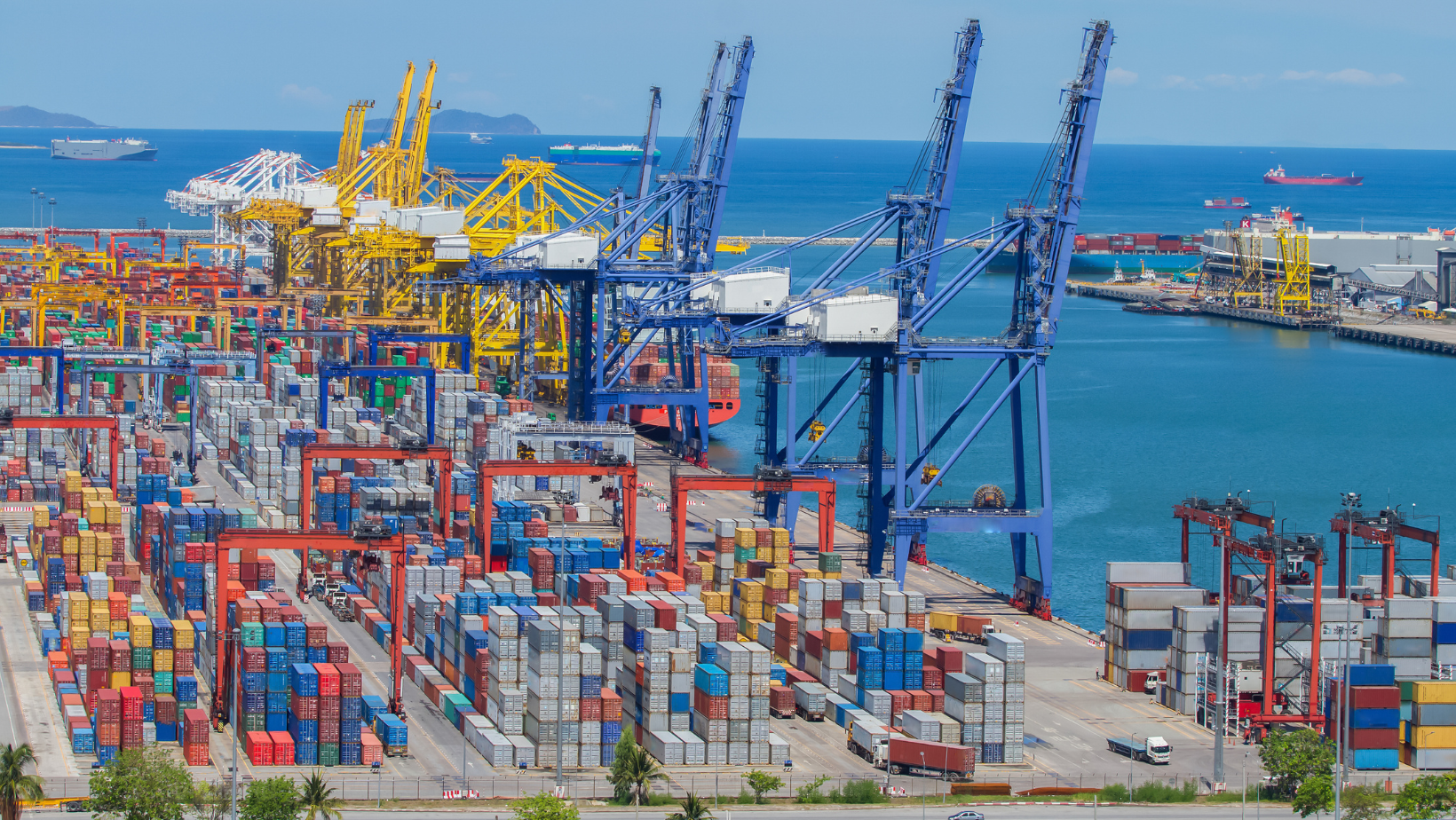For some time now, commerce has been moving to take on a fully global reach, from each corner of the world to the next, and this trend shows no signs of slowing down. This development has been accompanied by great advancements in technology and logistics in order to put into function supply chains larger and more complex than ever before—but this hasn’t always gone smoothly.
Quite famously, now, there have been multiple global supply chain failures that left the world waiting for different parts and products, and left businesses counting every penny. From an unexpected pandemic to unmovable ships in unfortunate places, it can seem like supply chain shortages can simply be inevitable from time to time. There is one technology that seems promising for minimizing the consequences before and during supply chain problems, however, and that is machine learning.
What is Machine Learning?
Without getting too much into the details, machine learning is simply pattern recognition. This is how learning works for us humans, too. When presented with information, we study the details until we can make out a pattern, and then we can draw conclusions. This is how we learn how to ride a bike, how we learn language, how we learn how to cook, etc. Finding patterns.
In principle, any problem can be solved this way. Stare at the information long enough until a pattern jumps out at you. Sometimes, however, there is far too many data to look through, and far too little time to be looking. That’s where the machine comes in. With the power of advanced computing, machine learning is simply a finely tuned algorithm designed to find patterns. Unlike you or me, however, these algorithms can shift through millions of data points per moment with a variety of different techniques that can lead to insights that were invisible to the human eye.
Problems with the Supply Chain
Especially when it comes to shortages, many of the problems that arise in the supply chain are precisely about visibility, which can come in the form of analyzing and predicting market behavior, as well as spotting and predicting potential problems along the chain.
The pandemic put many of the weak points of the supply chain on center stage, and we all noticed. With drastically reduced personnel, labor hours, and unforeseeable fluctuations in demand, many of the “default” processes were not able to run as usual. Some products were purchased too quickly due to panic shopping during the onset of the pandemic, other products stopped selling at all and saturated the inventory of many businesses. Businesses that liquidated these inventories, due to labor shortages and other issues, had difficulty re-activating once demand started forming again. Many of the COVID-19 supply chain issues can still be felt today.
Even without global disasters, however, similar problems can arise. While the paths and processes taken for a particular supply chain might be very well-defined and mapped, especially as the reach becomes global, businesses cannot have eyes on every part of the process. If anything goes wrong at any of these blind spots, it isn’t hard to imagine how issues can pile up.
How Machine Learning Can Help
Fortunately, most supply chain issues aren’t 100% in blind spots. The problem is that signs that a supply issue is happening or is on the horizon might not always be obvious—to a human eye, that is.
As long as issues aren’t caused by flash pandemics, chances are that a data trail or two can point towards solutions or mitigations. An algorithm that blazes through data at lightning speed can catch sight of a red flag before it becomes an expensive problem, or can find solutions to problems you didn’t even know existed.
These aren’t hypothetical solutions, either. Although implementation must be done with care, machine learning applied to market prediction is neither a new concept nor a new implementation. Stock and crypto market analysis have been popular candidates in recent years. Anomaly detection has also been a well-explored and established machine learning concept and practice. As faster and more powerful computing becomes available and more accessible throughout the world, businesses of all sizes can look forward to leveraging the power of machine learning for their own processes, as well as to seeing this technology be applied on a global scale, making the supply chain more consistent and reliable for all of us.
Living Pono is dedicated to communicating business management concepts with Hawaiian values. Founded by Kevin May, an established and successful leader and mentor, Living Pono is your destination to learn about how to live your life righteously and how that can have positive effects in your career. If you have any questions, please leave a comment below or contact us here. Also, join our mailing list below, so you can be alerted when a new article is released.
Finally, consider following the Living Pono Podcast to listen to episodes about living righteously, business management concepts, and interviews with business leaders.

